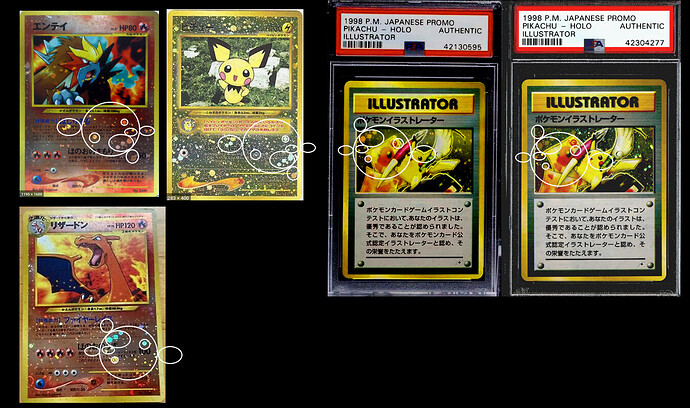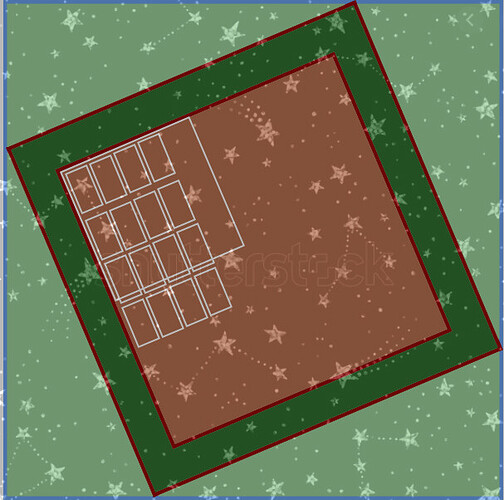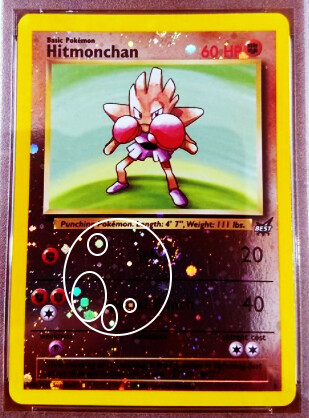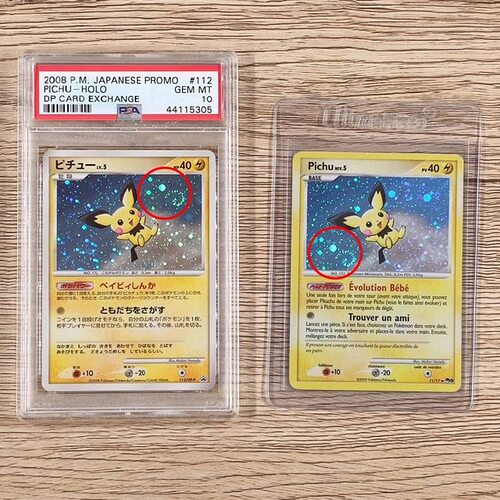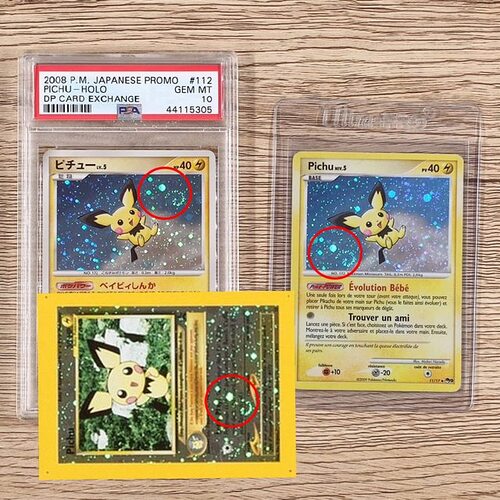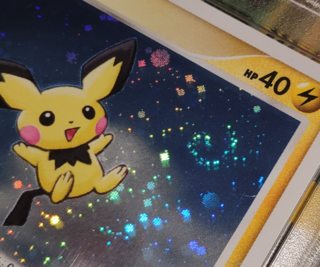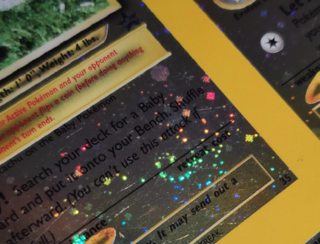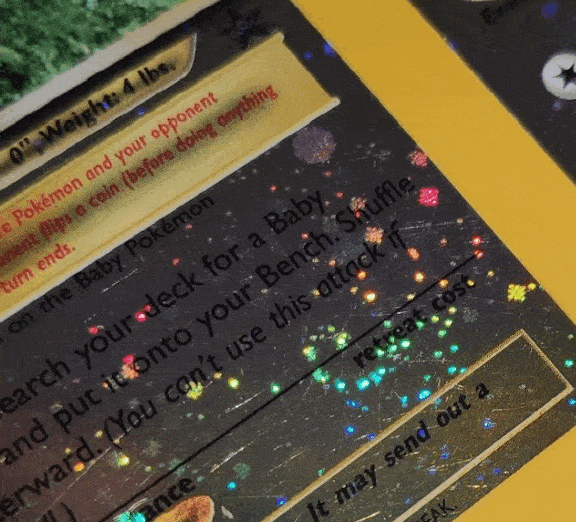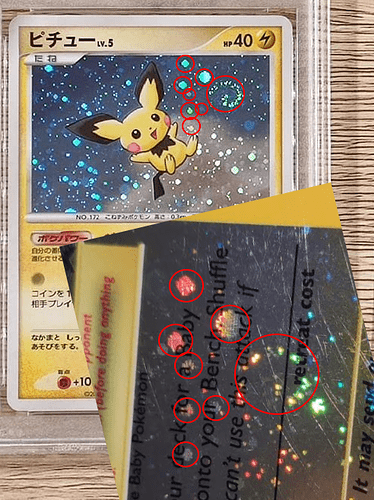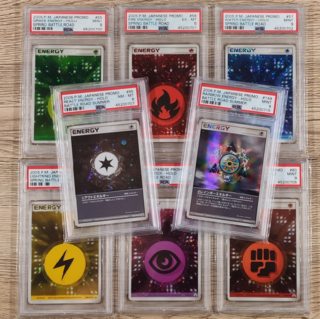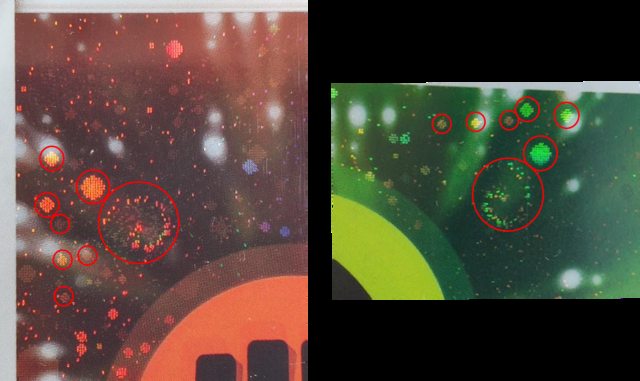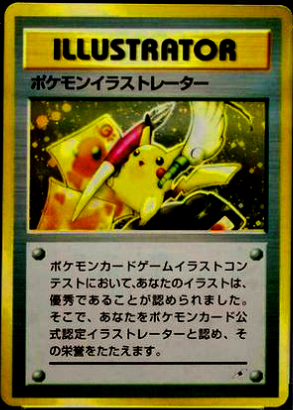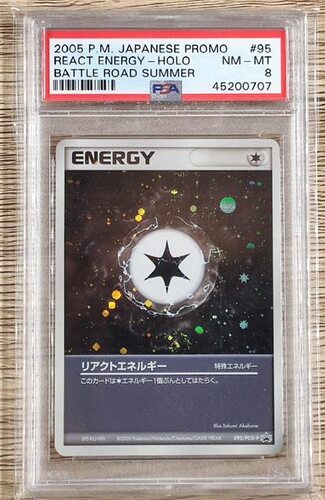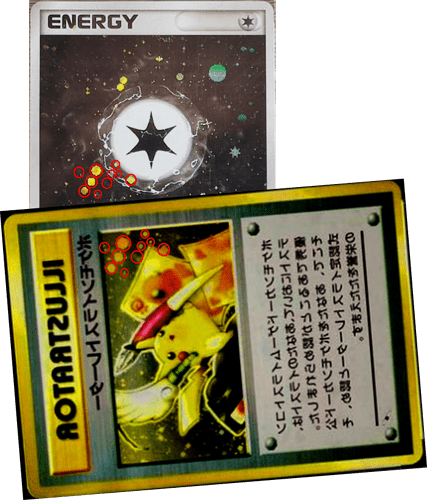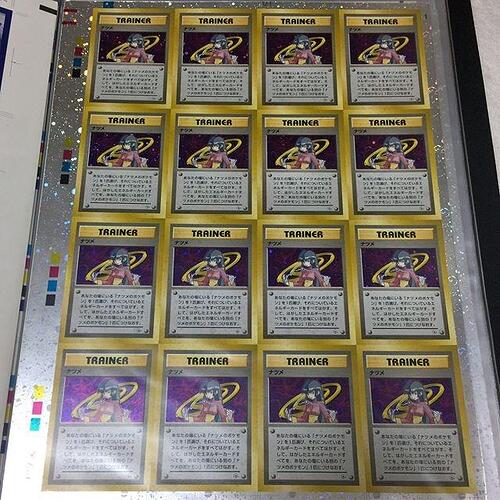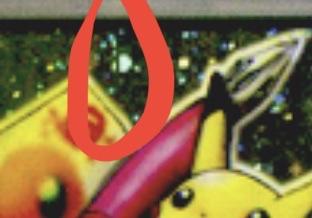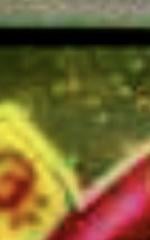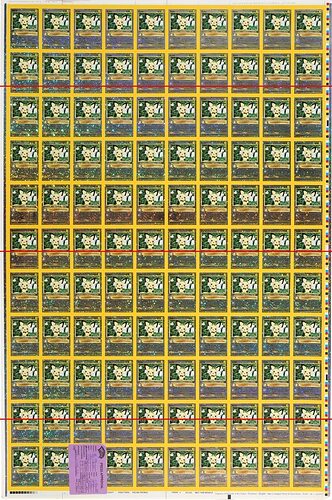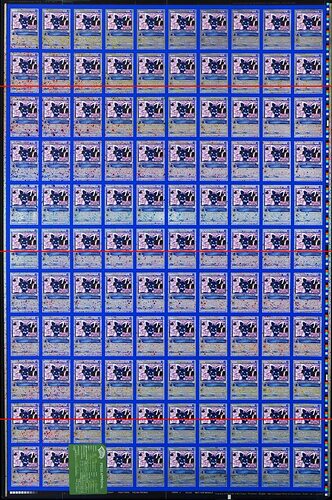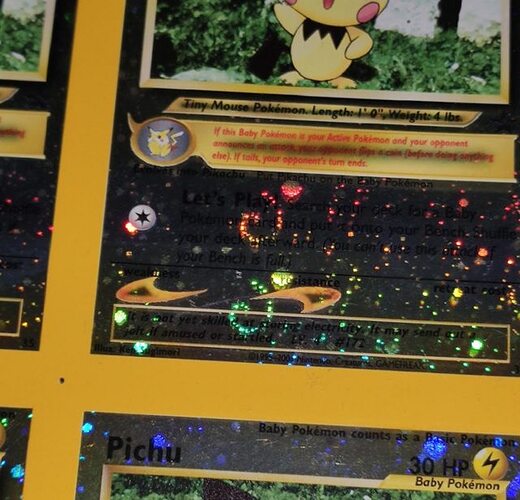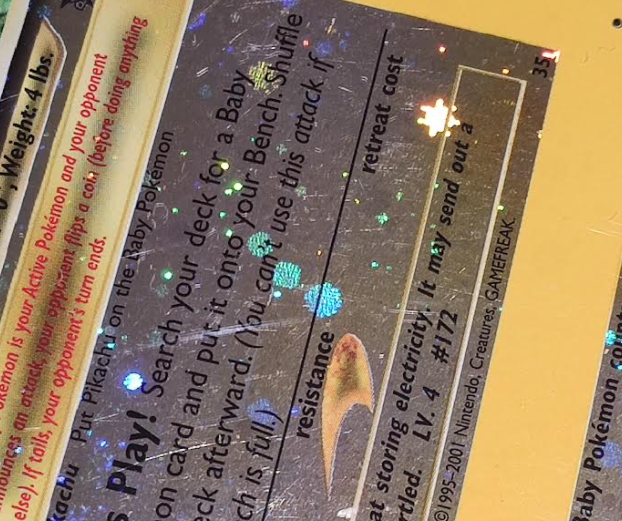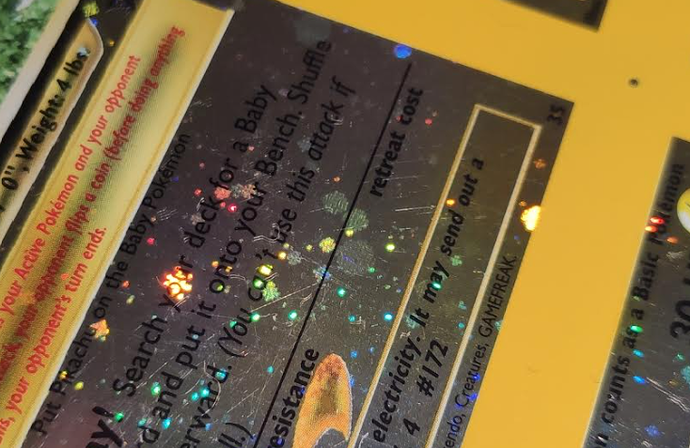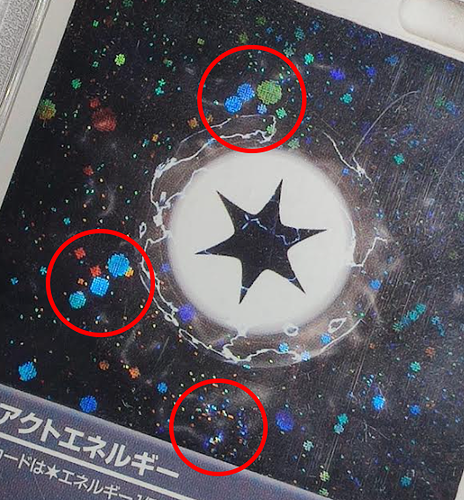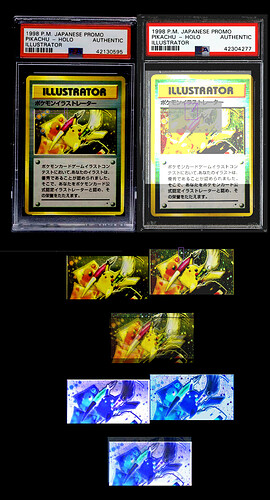Thanks @pichufan, @muk
Your two main points - A) that a sheet is a square and can thus be printed on in four different directions (face up, 90 degrees clockwise, 180, 270), and B) that the holo pattern clearly repeats itself in the Neo premium files - inspired me to do more research.
I am now reasonably confident there are three different holo sheet styles, which can be rotated at four angles each, for twelve different total holo pattern variations. I have to get back to work in a bit but wanted to type this up.
I was able to figure this out via HOLO UNIVERSES.
A universe is a pattern of multiple constellations large enough to reasonably interpret which style sheet the card is from. By which I mean, eventually the universe gets so large and takes up so much space, that it rules out the possibility of another universe on the same sheet, since we know there is not much spacing between the repitition of patterns (wallpaper method) on the main sheet.
Here is an example of the FIRST UNIVERSE:
With enough high res pictures, the “universe” can be continuously expanded. Once you reach that level, you only have to find one clearly identifiable constellation within the universe, to accurately gauge the entire universe and thus which sheet it is from. You can see the universes are the same but the sheet was rotated for Charizard and the Illustrators, so that would be a different sheet than Entei and Pichu.
The other sheet holo styles have equally large universes, and there is not enough room for two on the same sheet, leading me to believe there are three sheet styles – when I have time later today, I will post those universes as well.
So, in Pkonno’s case, I will have to check which universe each Illustrator belongs to. Unfortunately it is much harder with the very limited visible holo compared to the neo premium files. But a quick preliminary check matches them all to the above universe. That wouldn’t mean only one sheet was printed, since you could print the same style sheet multiple times, but it is interesting to note, as two universes would basically guarantee they were printed on two different sheets.
As for the sheet holo pattern being excellent evidence against printing in basement, it is now not quite as great evidence, since there are only twelve different variations, so he could have gotten lucky with the odds or stored a massive amount of sheets in the 90s, enough to have the correct pattern for everything he has sold. I’ll also add that thanks to universe theory, I now see all the Pika trophies (pkonno and non pkonno) are from the same style sheet, and same angle, as the Illustrators.
That being said, twelve is still enough that eventually the odds get very low they are not from the same sheet unless he has been able to store a bunch of holo sheets intact unprinted for decades without scratches (not easy). I think people do underestimate the difficulty in printing cards without a literal factory assembly line haha, it cannot quite fit in a basement. Basically – if, for example, any other card he has sold can be traced to a different universe or angle than Illustrators, and that universe also matches the awarded copies, the odds of randomly occuring would be 1 in 12 x 1 in 12 = 1 in 144. Annoyingly the TMB, SSB, etc are even harder to trace but I’ll try.
The best way to tell would still be the original method – find any Pkonno card that does not match the expected awarded sheet.
